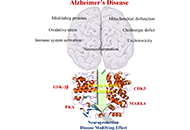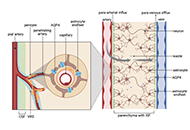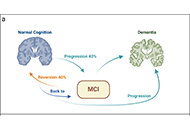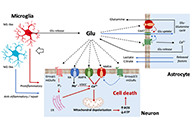4 results in Exploration of Neuroprotective Therapy
Latest
Sort by :
- Latest
- Most Viewed
- Most Downloaded
- Most Cited
Open Access
Review
Protein kinases as therapeutic targets for Alzheimer’s disease: a brief review
Isabela Marie Fernandes Silva ... Claudio Viegas Jr.
Published: October 28, 2024 Explor Neuroprot Ther. 2024;4:411–441

Open Access
Mini Review
Impaired glymphatic clearance is an important cause of Alzheimer’s disease
Iyawnna Hazzard ... Forshing Lui
Published: October 24, 2024 Explor Neuroprot Ther. 2024;4:401–410
This article belongs to the special issue The Urgent Need for New Hypotheses to Develop Effective Therapeutic Tools Against Alzheimer's Disease

Open Access
Perspective
Reversion or compensation of mild cognitive impairment to normal cognition: strategies to prevent the development of Alzheimer’s disease continuum
Marina Avila-Villanueva, Jesús Avila
Published: September 27, 2024 Explor Neuroprot Ther. 2024;4:392–400

Open Access
Review
Possible roles of heteroreceptor complexes in excitotoxic processes
Diego Guidolin ... Luigi F. Agnati
Published: September 24, 2024 Explor Neuroprot Ther. 2024;4:366–391
This article belongs to the special issue GPCR Heteroreceptor Complexes as Key Players in Neuroprotection

Journal Information